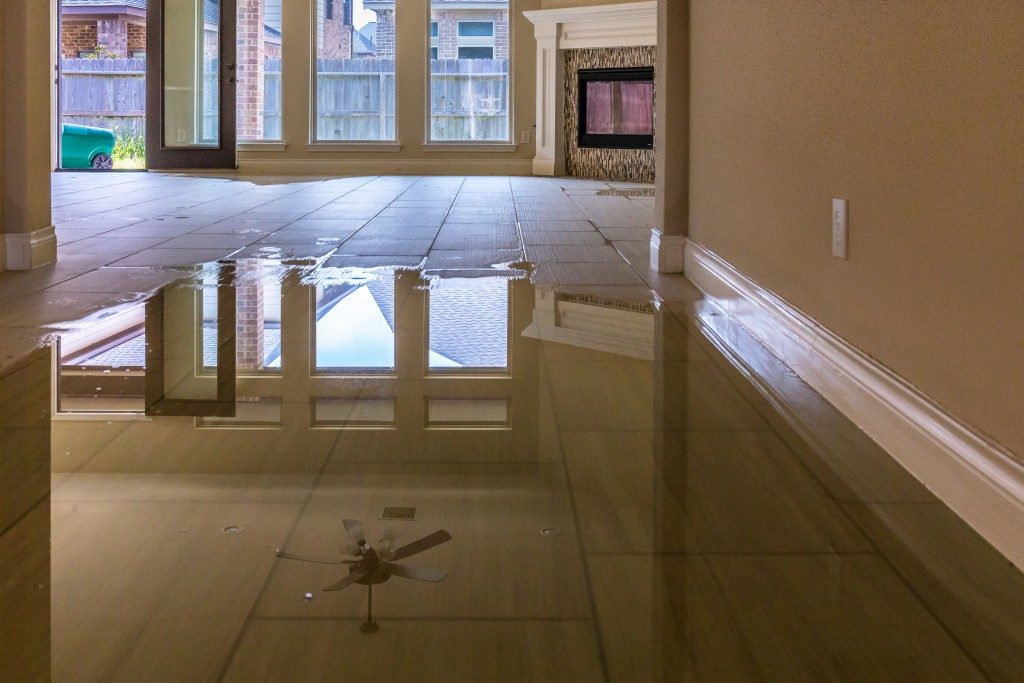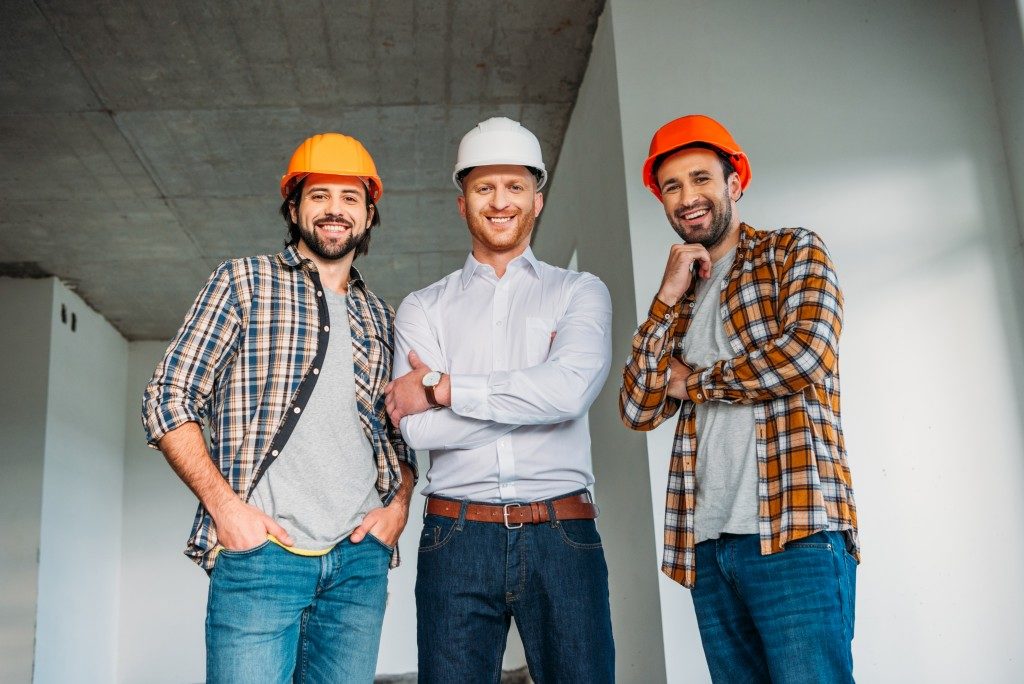More structures for commercial, residential, or mixed-use are being built these days, especially in urban areas. While the style and function may vary greatly, one constant among these is the need to be ready for any emergency that may cause damage to a structure. That’s why it’s important to cover everything from top to bottom, with reinforced rebars for framework and ground slab construction for heavy equipment/machinery.
Starting From the Bottom
Using a foundation that can handle weight, movement, and prolonged stress, a structure has better chances at remaining sturdy during disasters. With natural calamities being a constant threat especially during the continuing climate crisis, disaster-proof development has become a necessity to ensure the safety of individuals in the building.
A popular option now is using reinforced concrete slabs. With the strength of concrete, great weight and pressure can be sustained with no trouble. However, reinforcing the concrete ensures that the slabs will not crack or break when experiencing tremors or a strong impact. Combining tensile and compressive strength gives a solid base that can then be further made disaster-proof by adding reinforcing mesh.
This makes weight distribution more even so that each part of your floor does not have to take up too much resistance. There are multiple ways to lay down reinforced concrete floors with different options to suit your needs. This works in tandem with the land and climate in your area, so you can have an effective foundation.

Prevention Over Repairs
By using materials and building practices with disaster prevention in mind, contractors and owners can prevent the hassle and trouble of having to face major repairs that may have caused minor damages, which can affect the entire structure’s integrity. A UN panel on climate change and its effects on man-made structures showed that a few trillion dollars have already been spent on structural repair specifically brought by natural damage from disasters. This same panel showed data that would indicate further damages await down the line, spurring the need for disaster-proofing from the early stages of development.
While the fruits of these labors will definitely be better for the economy as it eliminates cost from damages and risks, it also makes the quality of life better throughout the public and private sector. As commercial and residential structures adopt these methods, natural hazards need not be the nightmare scenarios they have been painted to be. With many stable and developing economies taking most of their investments from the private sector (around 80%), it seems only apt that buildings and properties are given priority when it comes to security.
So, whether you are building a home for your family or constructing a new building for a small business, make sure you work with a reliable contractor who has the experience, knowledge, and capability to provide you with a structure to last you through sunny days and trying times. It would be beneficial for your family, employees, and customers if your structure can stand the test of time, so make the right investments today.

